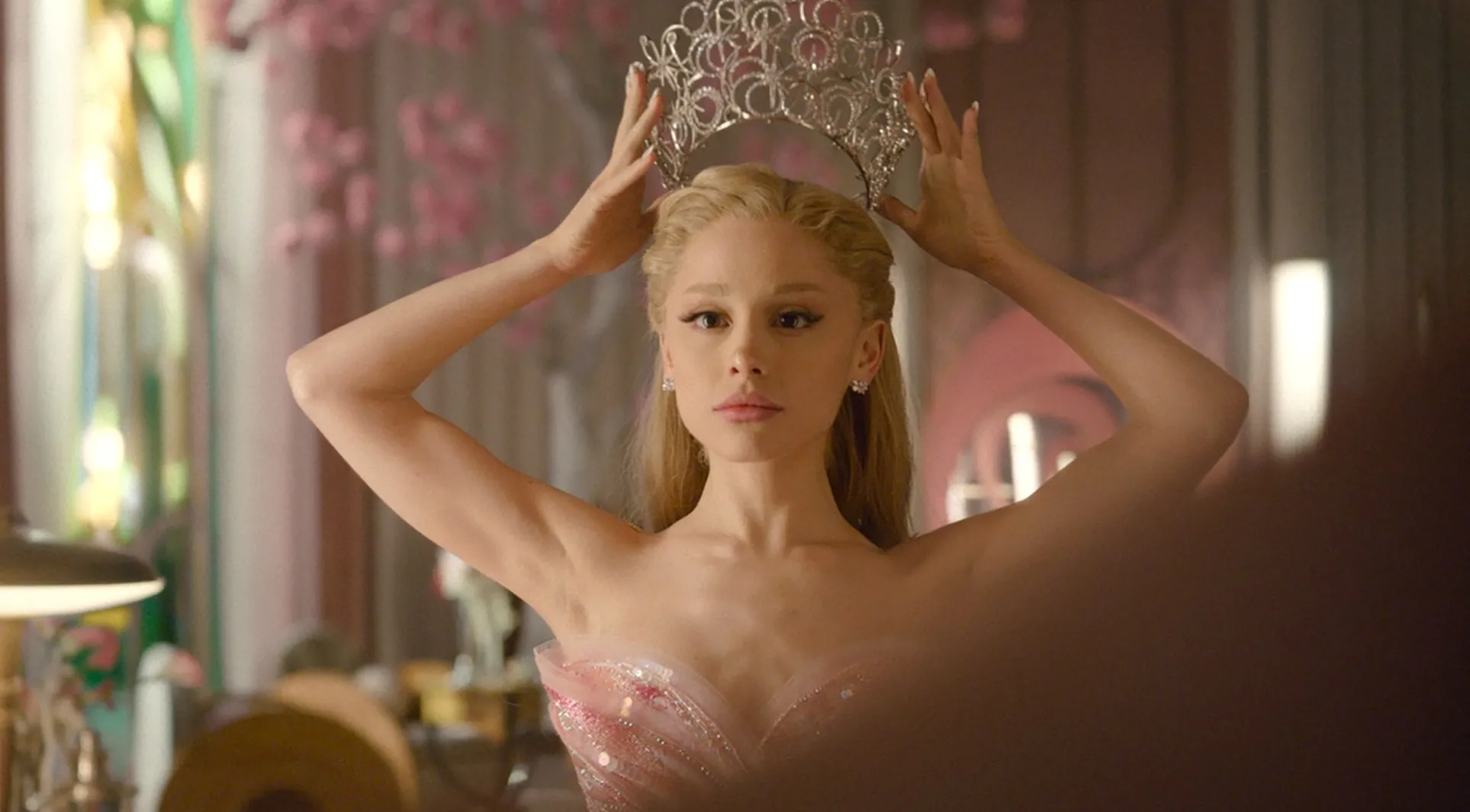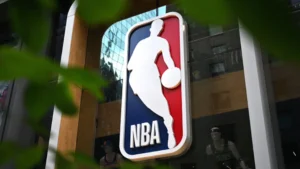a discovery
Mariah Carey’s pathway to superstardom has been recounted so consistently that it can feel predetermined, as if the world simply waited for her voice to arrive. Yet the rediscovery of a long-lost demo tape from the 1980s complicates that myth in the most fascinating way. This small, fragile cassette—recently unearthed from the personal archive of DJ Arthur Baker—offers a glimpse into the earliest stages of an artist who would ultimately transform the modern pop and R&B landscape. Set to be auctioned next month, the seven-track tape is being reframed as both artifact and evidence: a rare document capturing the young singer long before the spotlight found her.
Baker, a producer woven deeply into New York’s shifting musical fabric, kept the tape tucked within his extensive personal collection. For decades, its existence registered as little more than an anonymous relic among countless recordings. Now, authenticated and prepared for auction by Wax Poetics, the cassette has stepped into the light as a foundational piece of Carey’s early narrative.
flow
The involvement of Wax Poetics gives the find its historical and curatorial frame. Known for approaching music history with archival seriousness, the New York publication has built a reputation for restoring context to forgotten recordings, overlooked stories, and formative moments across genres. Their role in cataloging the tape, verifying its authenticity, and presenting it with supporting archival materials elevates it beyond typical memorabilia.
Alex Bruh, CEO of Wax Poetics, has called the discovery “one of the most sought after items we have come across,” estimating it could reach a twenty-thousand-dollar sale. The valuation reflects not only the scarcity of early Carey material, but the cultural demand for artifacts that predate megastardom. Against the backdrop of countless reissues, remasters, and digital reuploads, a physical analog tape from the dawn of a career feels uniquely intimate.
tommy mottola
The unearthed cassette also revives a legendary origin story. As the mythology goes, sometime in the late 1980s, Carey—still working restaurant shifts and hustling background vocal gigs—distributed demos to anyone who might listen. One of those tapes allegedly reached Columbia Records executive Tommy Mottola. The story describes him hearing it late at night in his car, so struck by the voice on the recording that he reversed course, determined to find its source. That impulse would lead to Carey’s signing in 1988, igniting a career that would reshape both vocal technique and pop structure.
The newly surfaced tape is believed to be connected to that era of circulation, if not the exact recording that sparked Mottola’s pursuit. Whether or not it is the tape, it belongs to the same world: a young singer recording wherever possible, developing a sound that was unmistakably hers even before refinement, before budget, before industry machinery. The legend reinforces the emotional resonance of the cassette’s reappearance. It is the closest thing to being present at the moment Carey’s destiny tipped.
before
Demos, especially early ones, carry an unrivaled intimacy. They reveal the contours of talent before it becomes codified, studied, or endlessly replicated. In Carey’s case, the tape likely captures her experimenting with the melismatic runs, dense harmonies, and soaring head voice she would later define at a global scale. Listeners familiar with her polished recordings may find in these early tracks a more vulnerable tone, shaped by uncertainty and ambition rather than fame.
The 1980s recording environment only adds to the emotional texture. Analog tapes captured more than music; they preserved moments, decisions, hesitations, imperfections. The atmosphere of the room, the limitations of equipment, the inconsistency of takes—all of it becomes part of the sound. The hiss of the tape becomes a kind of heartbeat. For a vocalist like Carey, whose later career became synonymous with precision and virtuosity, the imperfections of early demos offer a rare dimension to her artistry.
Before Columbia Records, before her debut album, Carey’s daily life was defined by grit. She worked odd jobs, navigated the demanding New York session scene, and wrote obsessively, hoping for a breakthrough that felt both essential and impossible. These years deeply shaped her identity, and the rediscovered cassette is an artifact from that exact intersection of hunger, hope, and raw skill.
The tape not only documents her early vocal development but also the environments that formed her. New York’s bustling music ecosystem of the late 1980s—where R&B, pop, dance, and hip-hop lines blurred—provided a kind of creative pressure cooker. Many artists created demos not for prestige but for survival, for the chance to be heard in a landscape where opportunities were scarce. This cassette is a direct reflection of that reality: a young singer recording something she hoped might reach the right ears.
collector
The timing of the auction mirrors a broader cultural moment. Collectors and fans are increasingly drawn to archival materials, preferring tangible artifacts over the frictionless ease of digital content. Vinyl has resurged, cassettes have enjoyed a cult-like revival, and unpolished recordings often circulate online with surprising enthusiasm. There is a growing appetite for beginnings—for the sketches that become masterpieces and the vulnerable drafts that precede polished perfection.
Carey’s rediscovered tape speaks to that appetite. It offers not just nostalgia but context, a deeper understanding of how one of the most influential vocalists in history began shaping her craft. It transforms the familiar narrative of her rise into something textured and tactile.
fin
As the auction date approaches, the cassette stands as more than memorabilia. It is a testament to the early, unseen labor behind an extraordinary career. Its existence underscores how much of Carey’s story is rooted in persistence, improvisation, and self-belief long before chart records and cultural dominance became part of her identity.
When the auction opens on December 2 and closes on December 11, the tape will pass from obscurity into the hands of a collector. It will be treated with the reverence deserved of an object that contains the earliest echoes of a voice that would one day reshape pop music. And in that transition, it reinforces a truth that often gets lost in retrospective storytelling: every legend begins somewhere quiet, small, and hopeful.
This tape is that beginning—captured on magnetic film, waiting decades to be heard again.
No comments yet.








